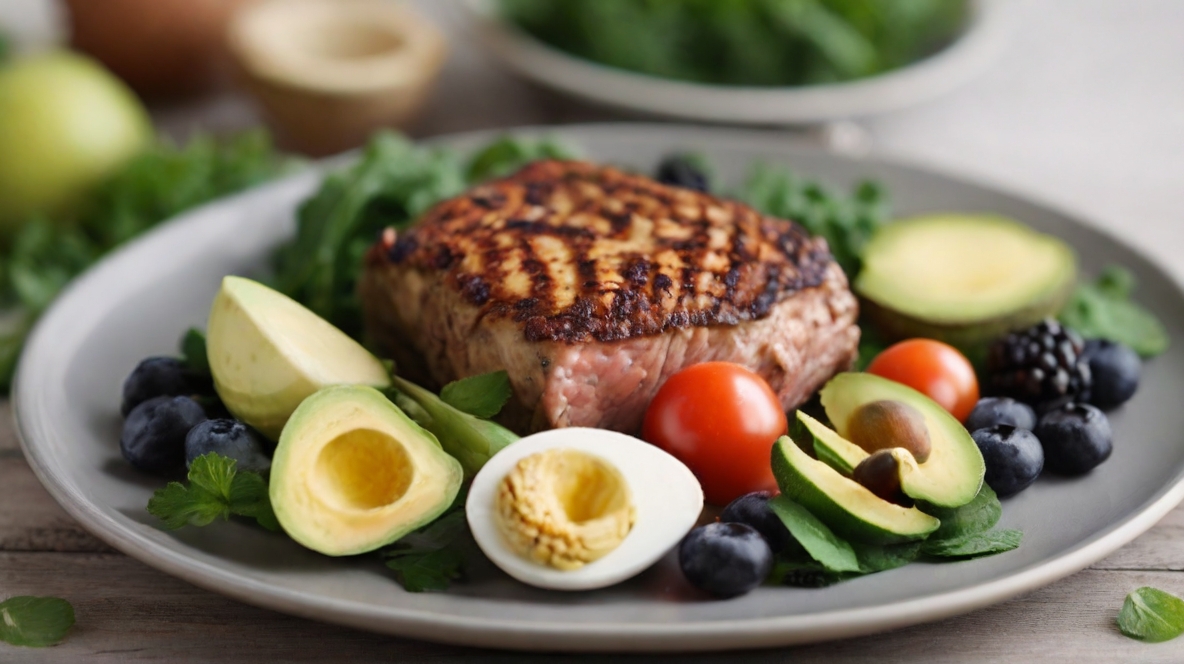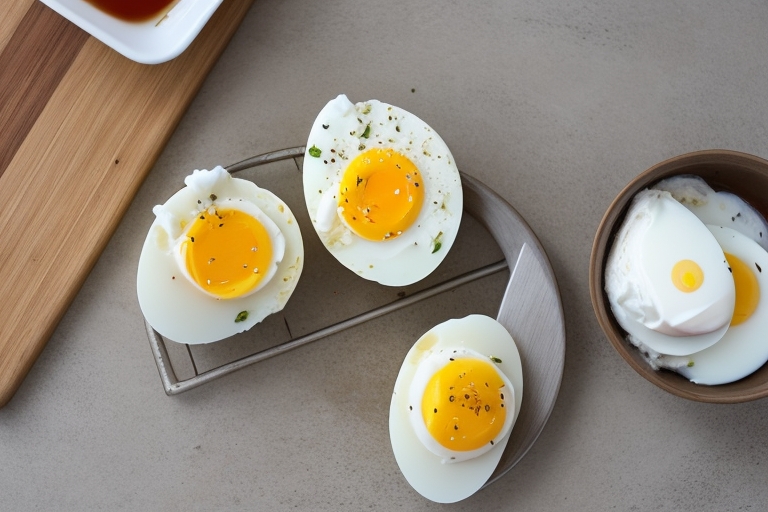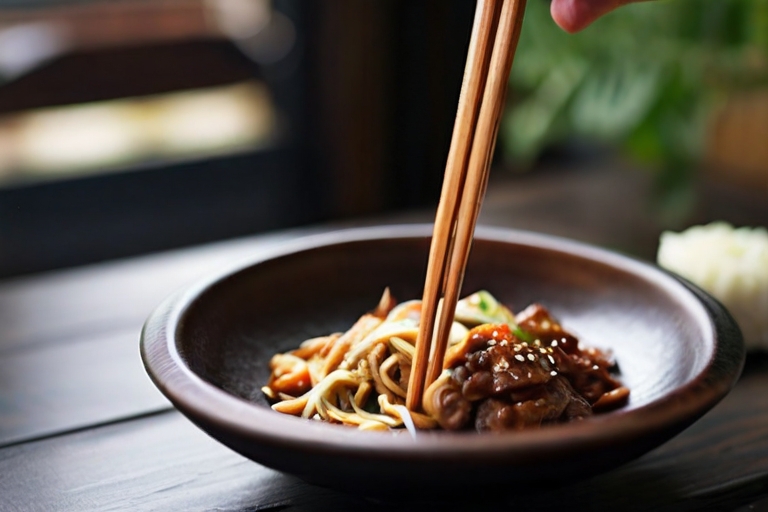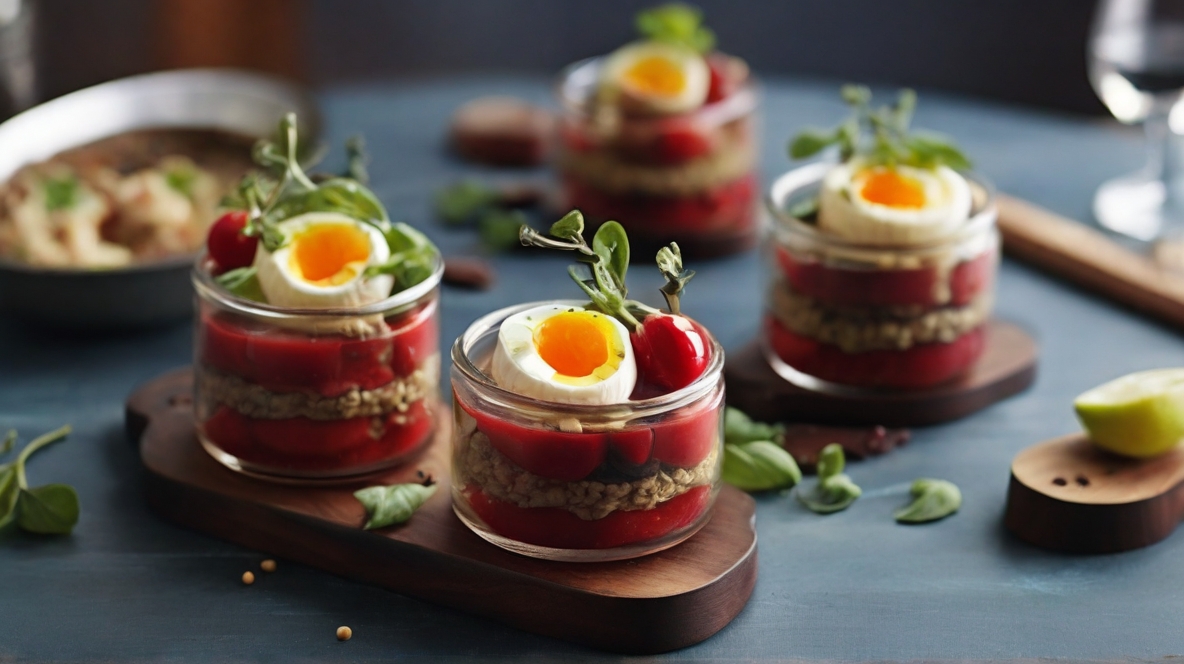When it comes to nourishing our bodies and those of our loved ones, the landscape of dietary choices can seem as varied and complex as the individuals who make up our families. From the high-fat, low-carb domains of the Keto diet to the ancient echoes of Paleo eating, and the earth-friendly embrace of Veganism, each diet promises its own unique blend of benefits and challenges. Striking a balance between nutrition, taste, and convenience is key, especially for those managing the hectic pace of family life. In this exploration, we’ll venture into the realm of various popular diets, unraveling their fundamentals, and tailoring their blueprint to fit the dining table of every family, ensuring even the youngest palates are catered to with wholesome delight.
Keto Diet Basics
Heading into the world of specialty diets can often feel like uncharted territory for families. If you’ve heard whispers about the ketogenic, or “keto,” diet at school pick-up or on the playground, you might be curious as to what it entails and whether it’s a good fit for the entire family. So let’s peel back the layers of this low-carb, high-fat diet and see what it’s all about, shall we?
The keto diet focuses on drastically reducing carbohydrate intake and replacing it with fat, prompting a metabolic state called ketosis. Here the body becomes super efficient at burning fat for energy, which can lead to weight loss and may potentially improve health markers such as blood sugar levels and cholesterol. Usually, the diet consists of meats, eggs, cheeses, fish, nuts, butter, oils, seeds, and fibrous vegetables. It’s a far cry from the carb-heavy diets many families are used to, and includes few fruits and rarely any bread, pasta, grains, or sugary treats.
Transitioning to a keto diet for a family can be a bit of a juggling act. While it’s doable, it’s important to remember that kids have different nutritional needs. Growth and development rely heavily on a balanced diet, which includes healthy carbohydrates. If considering keto for the family, adapting a less strict version, focusing on reducing processed foods and added sugars, might be a more sustainable approach. This way, we can still embrace the spirit of the keto lifestyle — think whole, unprocessed foods — while ensuring the kiddos get the full range of nutrients they need to thrive and play. However, before starting any diet, it’s wise to chat with a healthcare professional to ensure it’s a good fit for everyone’s individual health needs. Now, who’s ready to give those veggie spirals a spin in place of traditional pasta tonight? Let the culinary adventure begin!
Paleo Diet Fundamentals
Switching gears to the Paleo diet, families may find it a natural progression or an entirely new way of approaching food. Steering clear of processed foods and sugar, this diet can be a game-changer, especially when looking to upgrade overall family health and get everyone wiggling a little more into those “natural” jeans—pun intended!
One major draw is the potential for increased energy and better digestion. When processed foods are swapped out for nature’s bounty, parents often observe more pep in their step and a significant decrease in that sluggish, weighed-down feeling. This uptick in energy can mean more impromptu soccer games in the backyard and less resistance when tackling the dreaded “clean up” symphony post family art sessions. And when it comes to digestion, embracing foods on the Paleo diet can mean saying goodbye to bloat and discomfort, creating happier bellies around the dinner table.
But the cherry on top might just be the immune support that comes along with the Paleo diet. By loading up on the vitamins and antioxidants found in fruits and vegetables, and the omega-3 fatty acids in fish, families are effectively armoring themselves up internally. This can translate to fewer sick days and more time for tree-house creating, puppet show curating, and memory-making—a win-win for every family member. Just remember, always keep individual dietary needs in mind, and never compromise on ensuring the little ones are getting the full spectrum of what they need to grow strong and healthy. Ready to hop on the caveman bandwagon? The Paleo pathway might just lead to a thriving family ecosystem.
Embracing Veganism as a Family

Developing a knack for the nutrition puzzle with little ones underfoot might feel like navigating a maze in a cornfield—equal parts exciting and daunting. As much as the lure of health benefits from a Paleo diet shines bright, pouring over the practicality of integrating it into your family’s eating habits takes more than a sprinkle of consideration. One key advantage for busy households is the potential uptick in energy levels. With lean meats, fish, fruits, and vegetables as the star performers on this stage, the body can sidestep that sluggish aftermath often following a carb-dense meal. It’s like fueling the family car with premium gas—you just might see it hum along with more vigor!
Another aspect worth chatting about at the dinner table is how a Paleo diet can support better digestion. Kicking processed foods to the curb in favor of what our ancestors might have munched on can translate into gut-friendly meal times. Imagine fewer tummy troubles and more robust health for the kids and grown-ups alike. That’s a win in any parent’s recipe book! Additionally, Paleo’s emphasis on omega-3 fatty acids, courtesy of fish and certain plant foods, could mean bidding adieu to the sniffles and sick days a smidge more often. These essential fats are like tiny bodyguards, ensuring the immune system stays on its toes.
As noble as it is to march toward a singular dietary destination, it’s crucial to remember that each family member has unique needs. One size rarely fits all, particularly when it comes to nutrition. Little ones with boundless energy might need more of this, less of that, while the grown-ups fine-tune their plates for their own health milestones. Balancing the Paleo philosophy with personalization will likely serve up the happiest meal experiences. Keep that conversation going with your healthcare provider to ensure the menu meets every age and stage within the household. After all, turning the page on your family’s eating narrative should ideally read like an adventure in wellness, customized with a sprinkle of grace and a hearty helping of togetherness.
Comparing Diet Types
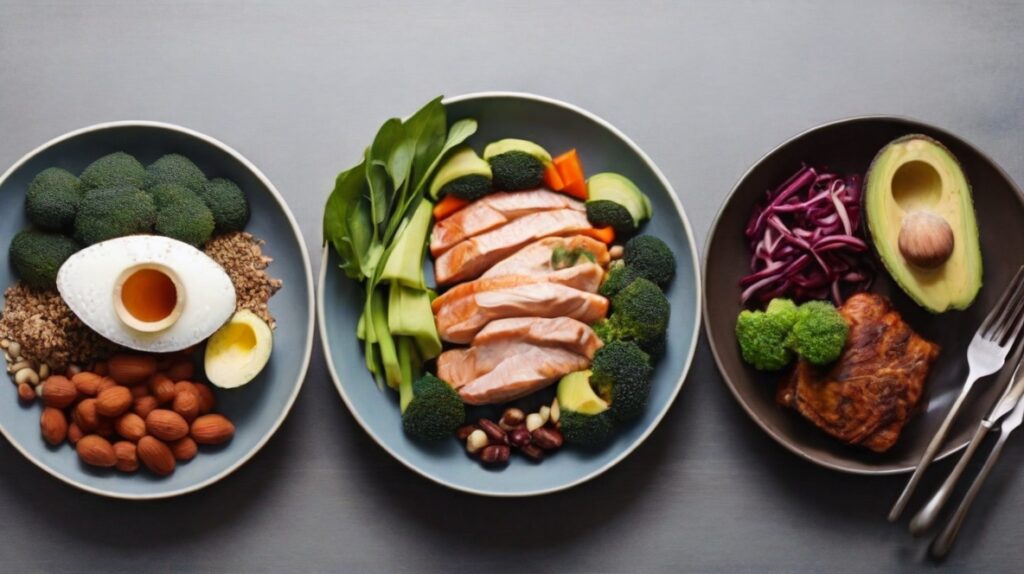
When families sit down at the dinner table, it isn’t just about nourishment; it’s an opportunity to bond over shared values and reinforce the principles that keep the household thriving. With that in mind, aligning a family’s diet with their values isn’t a one-size-fits-all matter. While some may find the structured approach of the ketogenic diet in line with their goal of meticulous portion control and disciplined eating habits, others might lean towards the ancestral cues of the Paleo diet, which promotes a connection to whole, unprocessed foods that our forebears consumed. It’s all about crafting meals that echo these values while keeping every family member’s well-being at the forefront.
Flexibility within dietary choices is a cornerstone of keeping family members engaged and respecting individual preferences. For instance, while the Paleo diet typically eschews grains and legumes, incorporating these in moderation could cater to the varied tastes and energy requirements within a household, especially when there are active children or teens. Additionally, this diet’s focus on lean proteins, such as chicken and fish, along with a rainbow of fruits and vegetables, meshes with many family values centered around natural foods free from added sugars and artificial ingredients. It champions a return to basics, which might be a major draw for households aspiring to minimize processed foods and foster an appreciation for the origins of their meals.
Ultimately, the ‘best’ diet for any family is the one that supports each member’s health and happiness while resonating with the shared values that make the family unique. Whether it’s the adventure of trying out inventive keto-friendly snacks or gathering around a colorful array of Paleo-approved stir-fries and salads, the focus should always be on celebration and enjoyment of food as a cornerstone of family life. Modifying these diets to meet the needs of younger ones, or those with specific health considerations, ensures that family meals remain inclusive and diverse. It’s in this blending of tradition, health, and family togetherness that diet truly becomes a way of life, nourishing more than just the body, but the soul of the family unit as well.
Embarking on a dietary journey with family in tow is akin to plotting a course through a maze of nutritional science and personal preference, a challenge that requires both careful consideration and collective buy-in. Whether drawn to the Keto diet’s fat-fueled energy, the ancestral call of Paleo choices, or the compassionate grounds of Veganism, the success of any such path hinges on its sustainability and joy within the family context. As you consider the mosaic of meal options before you, remember that the ultimate goal is not just to eat, but to thrive—together. With thoughtful planning and an adaptive spirit, the family kitchen can become a place of healthful harmony, echoing with the laughter and contentment of well-fed, happy hearts.





